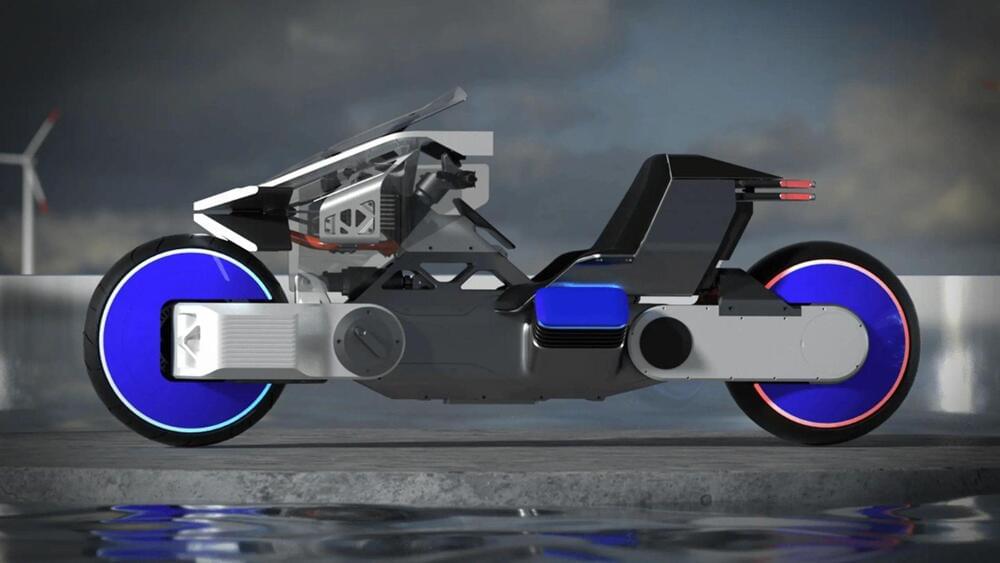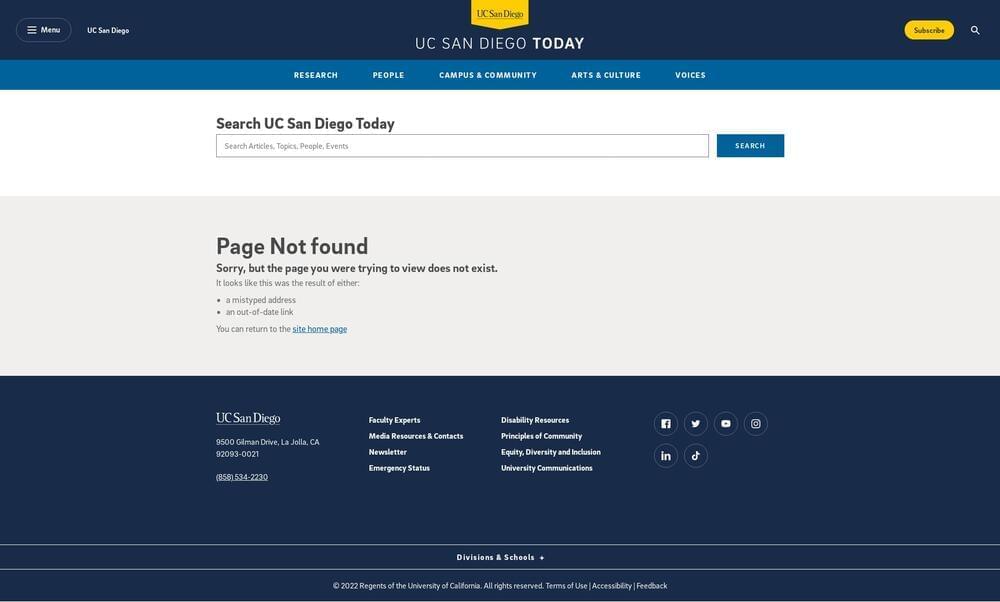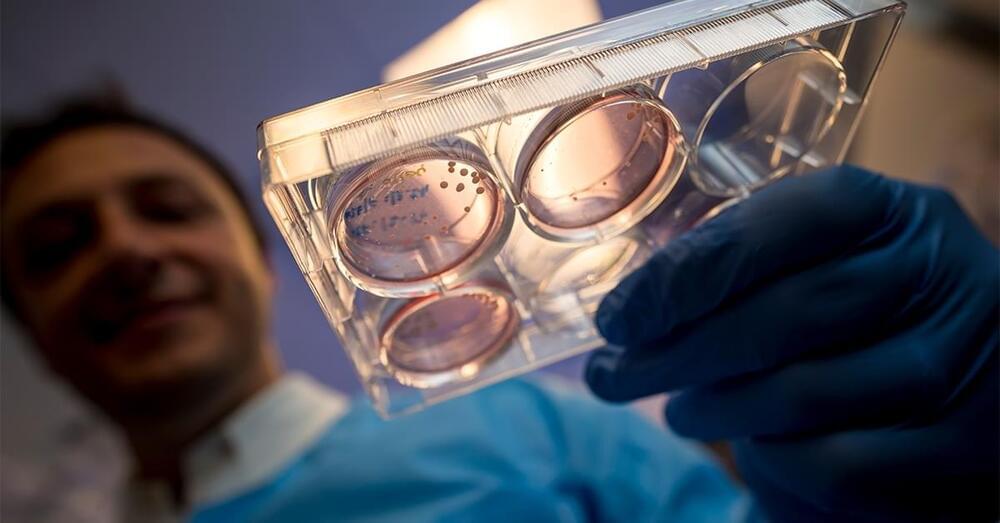‘These structures provide an unprecedented view into the breadth and diversity of nature,’ say the researchers.
In a world first, Meta’s artificial intelligence (AI) has produced the structures of the metagenomic world at the scale of hundreds of millions of proteins, according to a blog by the company published on Tuesday.
“Proteins are complex and dynamic molecules, encoded by our genes, that are responsible for many of the varied and fundamental processes of life. They have an astounding range of roles in biology,” wrote the Meta research team who also published a paper on the matter in the preprint database bioRxiv.
It is common knowledge that a vast number of proteins exist beyond the ones that have been catalogued and annotated in well-studied organisms and now these proteins are coming to the surface.








